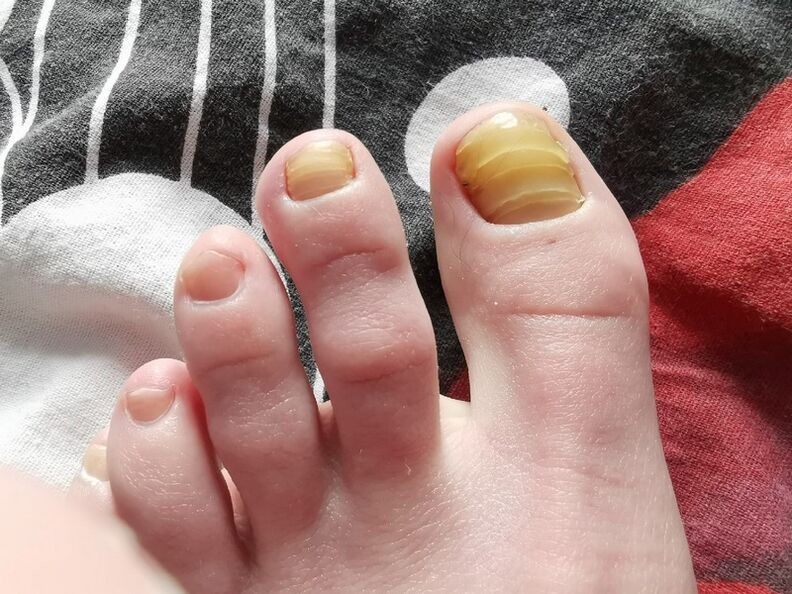
How do you get onychomycosis?
- Microtrauma to the nail plate;
- diabetes;
- taking immunosuppressants;
- Congenital nail plate thickening;
- Venous insufficiency (poor blood circulation in the legs);
- peripheral arterial disease;
- advanced age;
- Fungal skin infection.
Who should I contact if I have onychomycosis?
Symptoms, Diagnosis
- Microbleeds around the nail bed;
- Swelling and pain in the affected area;
- The deck was completely deformed;
- Characteristic pulsation when walking;
Treatment programs
Oral antifungals.
Healing varnish.
Antifungal cream.
When is surgery needed?
prevention methods
- Keep your feet clean and dry;
- Wear flip flops in public swimming pools, showers and changing rooms;
- Perform general cleaning and disinfection of all surfaces in your own bathroom;
- Change socks every day;
- For people who wear barefoot shoes, it is recommended to clean the insoles at least once a week and install new shoes or use insoles after the fungus intensifies;
- Remove shoes and socks that are too tight from your closet;
- Cut your nails short and file the edges to a strict right angle;
- Wash your feet often, several times a day in summer;
- Wear shoes that allow your feet to breathe;























